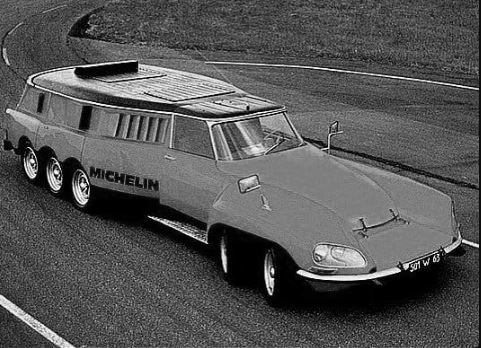GMC Bison Bullet, 1965 – The Gas-Turbine General Motors “Bison III”
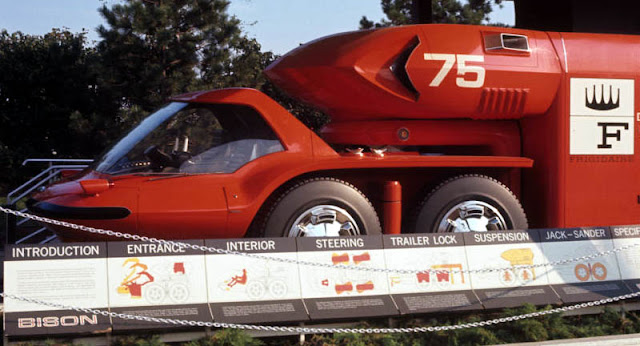
When it comes to concept trucks from the 1960s, none were quite as futuristic as the General Motors Bison III. This revolutionary truck began its journey as Bison I (XP757) in 1959, and it continued to evolve with each iteration.

Bison II (XP795) showcased an aerodynamic design that resulted from extensive wind tunnel testing. It also introduced a patented design for standardized containers, which was a significant innovation at the time. Furthermore, a transparent variant of the Bison II (XP794) allowed observers to witness the regenerative gas-turbine system and other cutting-edge features.
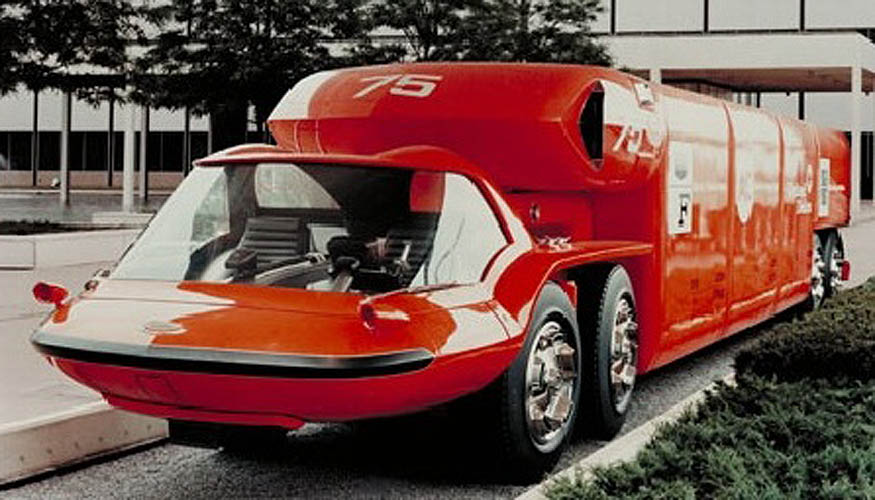
In 1964, General Motors unveiled the Bison III (XP?) at the 1964-66 New York World’s Fair. This aerodynamic gas-turbine concept truck was specifically designed to transport containerized cargo with unparalleled efficiency. The underlying design philosophy behind the Bison was centered on the idea that globally standardized cargo containers could be automatically loaded, unloaded, sorted, and stored using electronically-controlled equipment. At modern freight terminals, these containers would be seamlessly transferred to local delivery trucks through automated processes.
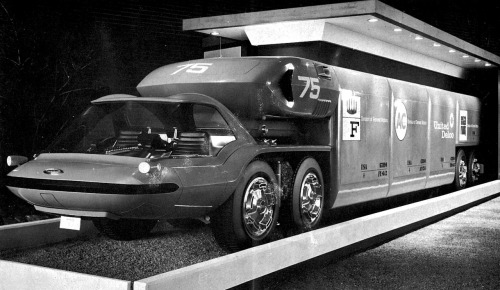
The Bison concept boasted two General Motors-developed GT309 gas-turbine engines, with power ratings of 280 and 720 horsepower respectively. These engines were positioned above the cab, contributing to the truck’s unique low cab forward design. The cab, featuring seating for two, was located ahead of the engine and wheels. To enter the aerodynamic cab, drivers would tilt the canopy forward, which simultaneously activated a folding cab entry step.
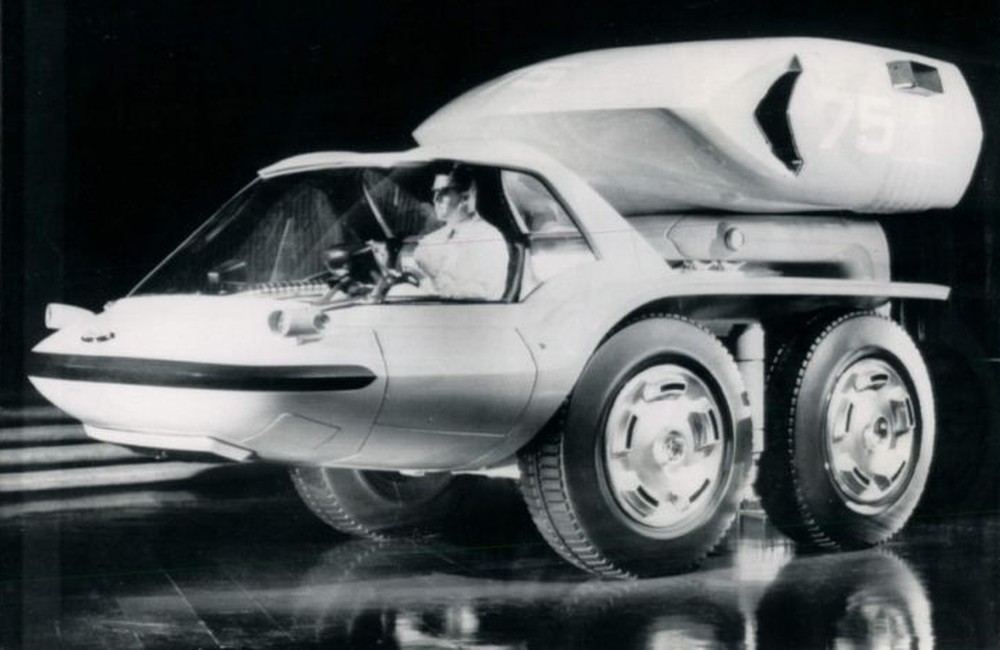
Steering the Bison involved the use of two coupled hand grips located on a console extending over the driver’s lap. This unconventional steering system added to the truck’s futuristic appeal. Additionally, the Bison was equipped with a trailer locking device and a four-option steering arrangement, providing exceptional maneuverability in tight urban environments.
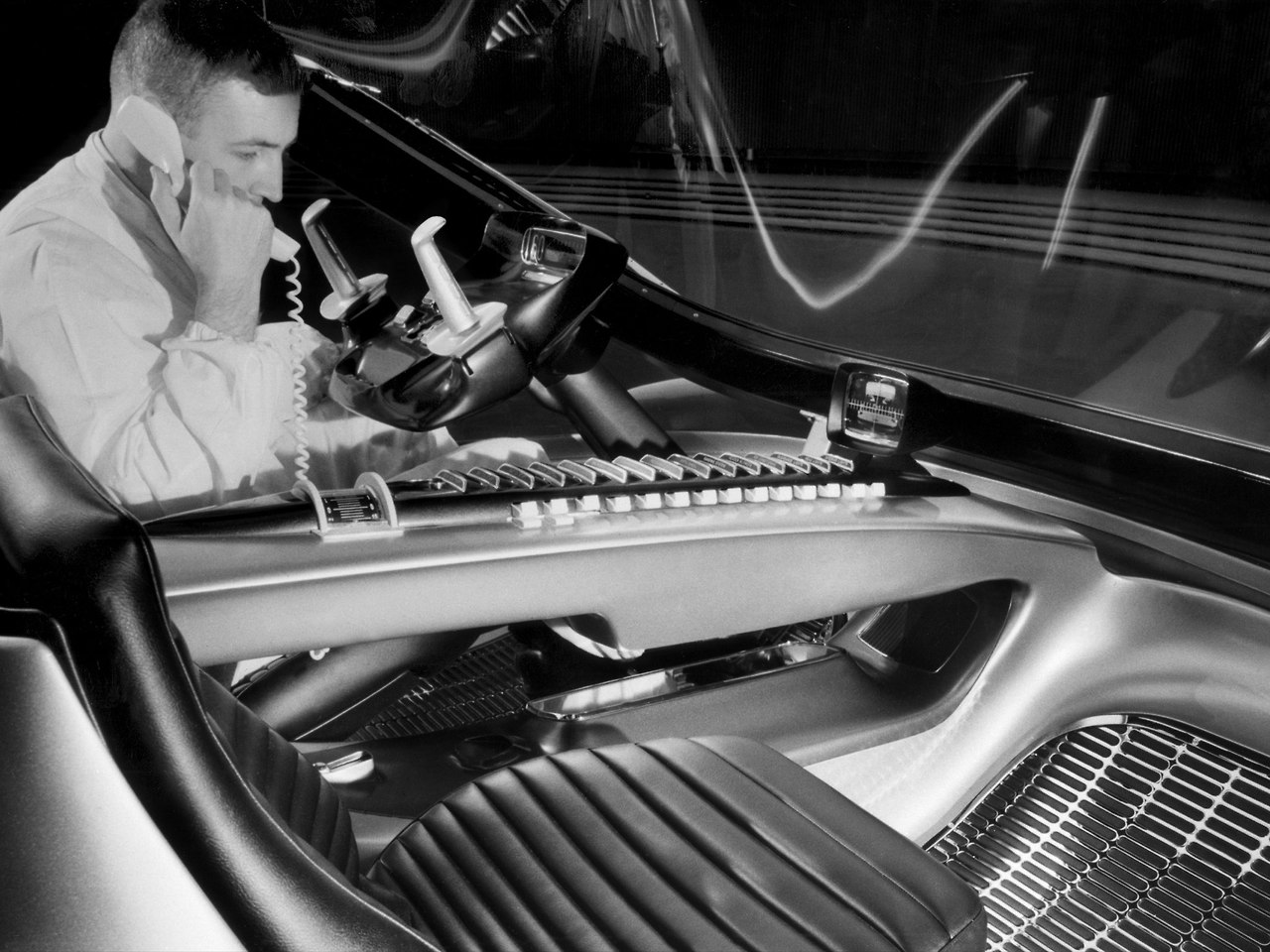
General Motors stated that the Bison had the capability to tow conventional semi-trailers with the use of an adapter. Furthermore, the truck featured combination integral jack and sand dispensers positioned between the axles on each side, facilitating tire replacement.

The presence of various General Motors division logos on the trailer serves as a reminder of the broad reach the company once had. Frigidaire, known for its home appliances, was a technological and sales leader. Even today, it’s not uncommon to come across an older home with an oven bearing the logo “Frigidaire – Product of General Motors.” AC, named after Albert Champion, had a history intertwined with the automotive industry. The United Delco (formerly United Motors) division was also established by the legendary William Durant.

The fourth logo on the trailer belongs to General Motors’ Central Foundry Division. This division encompassed three plants: Saginaw Malleable Iron, the Danville plant (which was acquired from the Federal Government), and a foundry operated by the Harrison Radiator Division in Lockport, New York. The Lockport plant was closed in 1948 when a new Grey Iron Foundry in Defiance, Ohio was added. In 1949, an expansion was made to the existing foundry in Danville, Illinois. By 1967, the Central Foundry Division celebrated its Golden Anniversary and had gained recognition as the largest foundry organization in the world, employing approximately 11,000 people. 
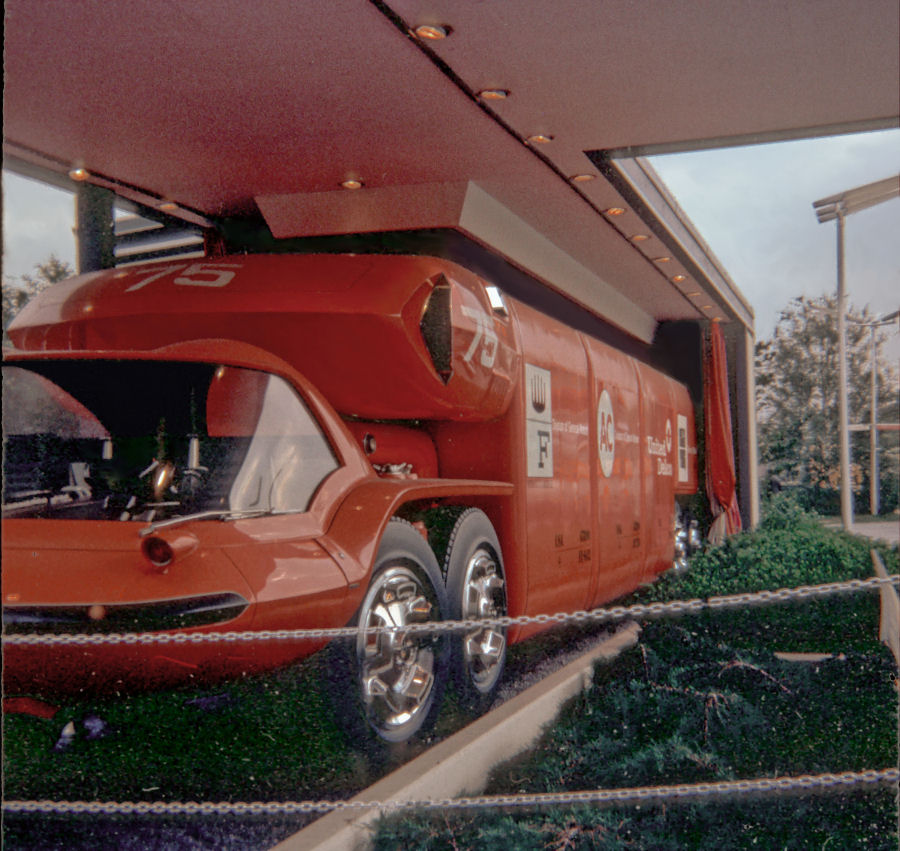
The General Motors Bison III, with its forward-thinking design and advanced features, remains an iconic representation of the innovative spirit that defined the 1960s. Although the Bison III may have been ahead of its time, its legacy lives on as a symbol of the automotive industry’s constant pursuit of progress and efficiency.



